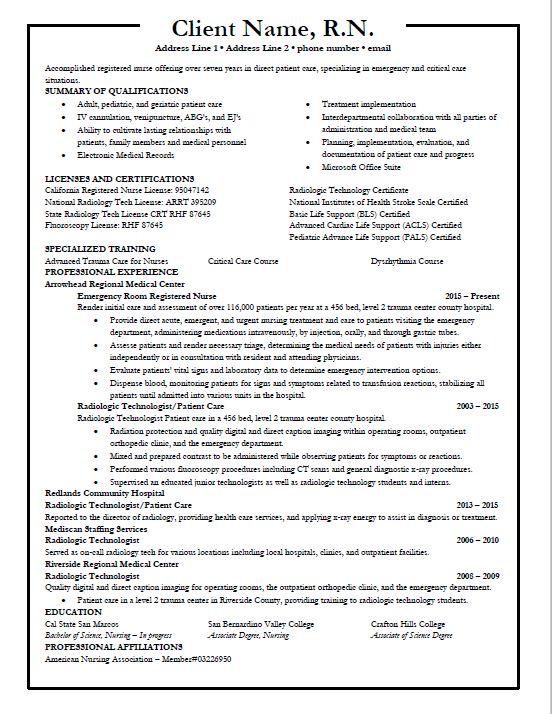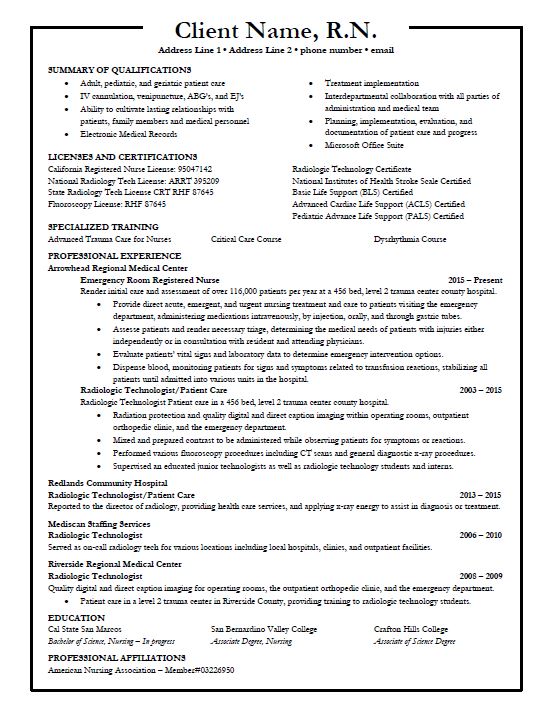
I got asked a great question the other day about objectives and headlining statements on resumes, and it got me thinking a lot about how I utilize these when writing resumes. Let me start off by explaining that writing out “objective:” on a resume is EXTREMELY outdated. It is obvious that the statement is your objective, and writing it out not only seems repetitive, but it takes up precious space on your document.
With objectives and headlining statements on resumes, it really comes down to two factors for me: whether or not you are going to use one on your resume, and if you are going to use one, how you are going to word it.
Whether or Not to Use Objectives and Headlining Statements on Resumes:
For me, the biggest deciding factor as to use objectives and headlining statements on resumes or not comes down to the spacing. These headliners can be great, but they are not 100% necessary. The skills matrix/summary of qualifications which is typically right beneath the headliner is far more important, therefor, if adding a headliner will overcrowd your document, or make it spill over a sentence or 2 to the next page, it probably isn’t worth it. If the document does spill over a little, there are ways to reformat to stop this from happening, but if you are going to take on this challenge, make sure that your resume does not look squished.
I talk a lot about making your document reader friendly, and this is a prime example of that. I’ve included 2 screen shots below to show you what I’m talking about. The difference is minimal, but once you see how crowded the bottom half of the resume gets once you add the headliner, it is apparent as to why it’s not totally necessary. If this happens to you but you’ve come up with a fantastic headlining statement, keep it and incorporate it into your cover letter.


If You Are Using a Headlining Statement on Your Resume:
If you are using a headlining statement, you want it to be a statement that gives a quick snapshot of what you are offering and detailing in your resume. Some good examples of things to include are:
- How many years of experience you have in your field. NOTE: Include this information IF it is an impressive number of years, i.e. 5+ years OR the job description requires a specific number of years of experience and you qualify based on that metric.
- Your specialties.
- Qualifications that are listed as required and prominent within the job description you’re applying to.
- A certification or specialized training that will benefit you on the job and makes you stand out from other candidates.
A Good Formula to Follow if You Are Using a Headliner:
“Accomplished [industry] professional holding over [x] years of experience, specializing in [x,x,z].” Or you could write something like, “Certified [industry] professional seeking opportunity to focus on [x,y,z,] and promote [desired company’s mission or goal].”
The Bottom Line:
So, is it really important to include objectives and headlining statements on resumes? Well that depends on the spacing of your resume. It is not totally necessary if you have a great, keyword optimized and reader friendly resume, however if you have the space, it doesn’t hurt to give a quick snapshot of who you are.
Make sure if you are using a headliner that you utilize the keywords or buzzwords found in the job description you’re applying to. This way, the first thing a hiring manager sees is that you align with the kind of candidate they are looking for.
Have any specific questions or want me to critique/redo your resume? Reach out and email me at writestylesonline@gmail.com. Ask a great question and I just may feature it in a blog post!
